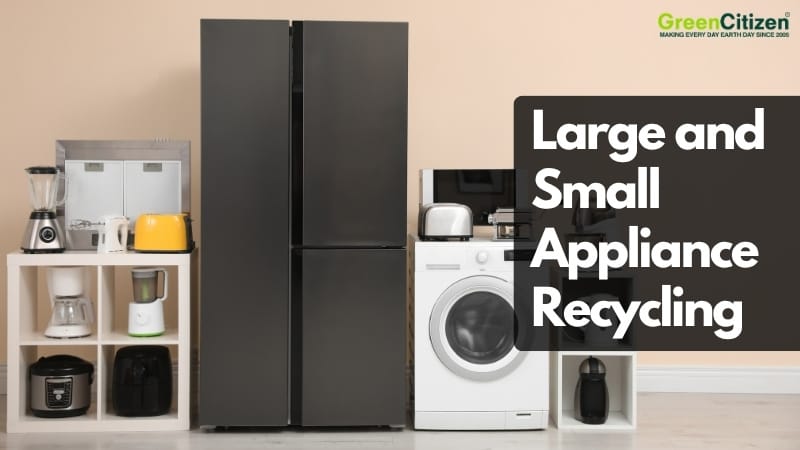Looking to get rid of an old appliance? Appliance recycling is the safest, most eco-friendly way to do it—and in many areas, it’s free. From broken refrigerators to unwanted toasters, nearly every household appliance can be recycled instead of dumped in a landfill.
Why does this matter? The U.S. discards over 9 million refrigerators and 12 million air conditioners each year—most of them packed with toxic materials like mercury, lead, and refrigerants.
And while appliance recycling programs exist across the country, most people don’t know where to start.
This guide breaks down everything: how to recycle appliances, which ones are accepted, and where to find appliance recycling near you. Whether you’re dealing with a large fridge or small kitchen gadgets, we’ll help you do it legally, responsibly, and even for free.
Key Takeaway: How to Recycle Large and Small Appliances
You can recycle large and small appliances through certified recycling centers, retailer drop-off programs, manufacturer take-backs, or scrap metal services. Many locations offer free appliance recycling, especially for small electronics. Always prepare appliances safely and use trusted providers to ensure legal, eco-friendly disposal.
Which Household Appliances Can Be Recycled?
Most household appliances can be recycled—especially if they contain electrical components, cords, or batteries. Whether large or small, if it plugs in or powers on, it likely qualifies for appliance recycling.
Common recyclable appliances include:
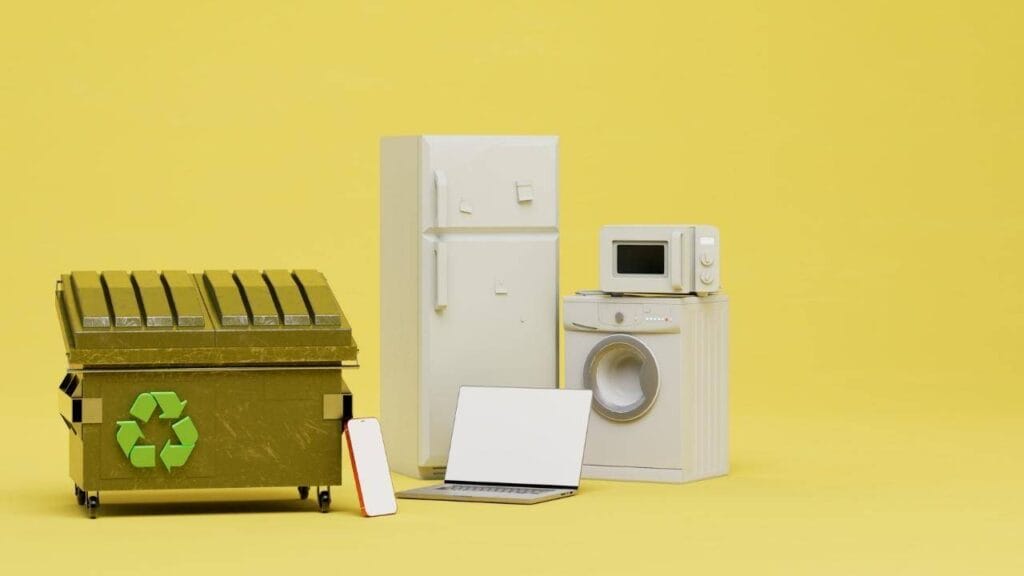
- Large appliances: Refrigerators, freezers, washing machines, dryers, ovens, stoves, air conditioners.
- Small kitchen appliances: Toasters, microwaves, air fryers, coffee makers, juicers, food processors.
- Electronics & devices: TV sets, video game consoles, scanners, printers.
- Other household items: Fans, heaters, humidifiers, vacuum cleaners, curling irons.
If you’re unsure, a simple rule of thumb is this: if the item has a cord, circuit board, or battery, it should be recycled—not trashed.
Many local programs accept both large and small items, and you can search for appliance recyclers near me to find your closest drop-off point.
Appliance Recycling Made Easy: 5 Ways to Recycle Large and Small Appliances
Recycling appliances doesn’t have to be confusing.
Whether it’s a broken fridge or a working toaster, there are five proven ways to recycle small and large appliances safely, legally, and often for free.
These include certified recycling centers, retailer drop-off programs, manufacturer take-back services, donation, and scrap metal recycling.
1. Drop Off at a Certified Appliance Recycling Center
One of the most reliable ways to recycle appliances is to use a certified electronics recycling center near you. These facilities accept everything from refrigerators and dryers to small kitchen appliances like toasters and coffee makers.
Search “appliance recycling near me” or use the Green Directory to find local options. Some centers also offer appliance pick-up services for larger items.
Make sure the recycler is certified and complies with environmental laws to ensure your appliances are processed responsibly.
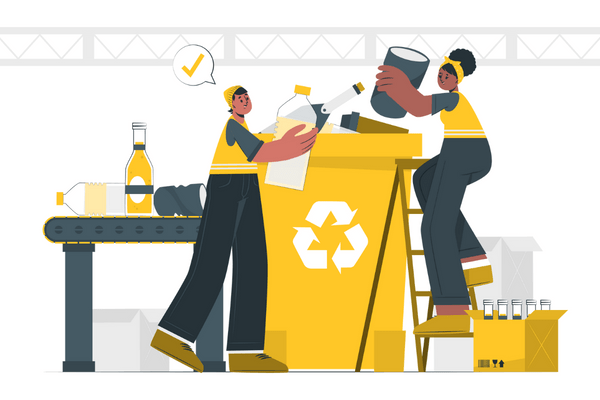
2. Use Free Retailer Recycling Programs
Many major retailers now offer free appliance recycling—either with purchase or as part of trade-in programs. Here’s how some popular stores work:
- Best Buy accepts most appliances and electronics. Trade-in is available, and pick-up can be scheduled with new purchases.
- Staples offers recycling for small appliances and electronics, but large units like refrigerators may be restricted.
- Walmart features ecoATM kiosks in select locations where you can drop off small appliances for store credit.
📢 Always check store policies first, especially if you’re not making a new purchase.
3. Recycle Appliances Through Manufacturer Take-Back Programs
Some brands offer direct recycling or partner with third-party services to help consumers recycle old appliances responsibly.
- LG partners with nationwide recycling providers for TVs, refrigerators, and more.
- GE provides recycling drop-off points for large appliances like air conditioners and washing machines.
📢 Check the manufacturer’s website or support page to see if they offer recycling incentives or prepaid mail-back options.
4. Donate Working Appliances to Charities
If your appliance still works, donation is a great option. Many local nonprofits accept gently used appliances, including:
- Salvation Army
- Goodwill
- Local shelters or housing assistance programs

Use DonationTown.org to find nearby organizations. Some may even offer free pick-up services for bulky items like refrigerators or washing machines.
Donating keeps appliances in use and reduces overall waste.
5. Sell for Scrap Metal Value
Older appliances often contain steel, aluminum, copper, and even trace precious metals. Local scrap yards and metal recyclers may pay you based on the weight and type of metal.
- Steel fetches around $0.40 per pound
- Copper can go for $3.54 per pound
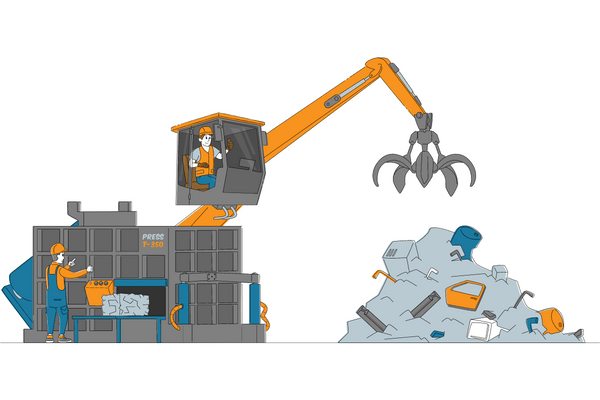
Call local scrap recyclers to confirm rates and accepted items. Just keep in mind that hauling heavy machines might outweigh the cash benefit unless you have multiple units.
✅ TL;DR: Best Ways for Appliance Recycling
To recycle appliances, use certified recycling centers, retailer take-back programs, or manufacturer drop-offs. Donate working units to charities or sell broken ones for scrap metal. Most small and large appliances with cords or batteries qualify. Search “appliance recycling near me” to find free or local options.
How to Prepare Appliances for Recycling Safely and Legally
Before you recycle appliances, it’s important to follow key safety and legal steps—especially with items like refrigerators, freezers, or air conditioners that contain coolant gases. Improper handling can lead to legal fines or environmental damage.
Use this checklist to prepare your appliances safely for pickup or drop-off.
- Leave refrigerants and gases to the pros. Never attempt to remove Freon or similar coolants from refrigerators, freezers, or room air conditioners. Only certified specialists can legally do this under EPA regulations.
- Unplug and defrost large appliances. For working refrigerators and freezers, remove food, unplug the unit, and allow coolants to return to room temperature before recycling.
- Drain excess water. Dishwashers, washers, and dryers should be fully drained to avoid leaks during transport—especially if the unit is broken.
- Secure or remove doors. For curbside pickup, tape appliance doors shut or remove them entirely to prevent safety hazards.
- Don’t move appliances alone. Avoid injury by using proper lifting tools or getting help to safely move heavy appliances.
✅ TL;DR: Prepare appliances for recycling by unplugging, draining, defrosting, and securing doors. Never remove refrigerants yourself—let certified techs handle them.
How to Recycle Small Appliances (Safely and for Free)
Small appliances are easy to toss—but they shouldn’t end up in the trash.
Devices like blenders, coffee makers, curling irons, and toasters often contain electronics, cords, and metals that can be recycled safely and at no cost.
Here’s how:
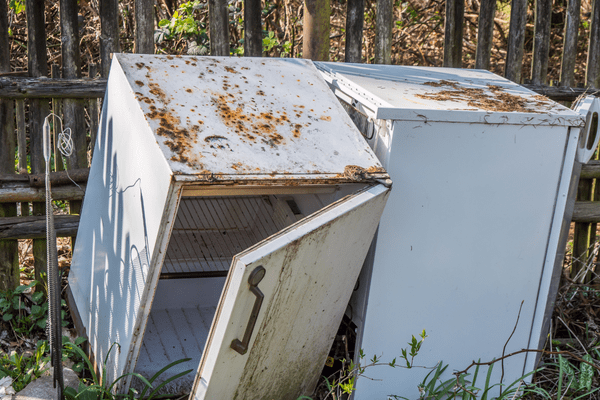
1. Check Local E-Waste Programs
Municipalities and waste management providers often accept small household appliances as part of e-waste drop-off days or electronics recycling events.
2. Use Retailer Drop-Off Points
Stores like Best Buy and Staples accept small appliances like microwaves, toasters, or desktop electronics. Some locations offer free appliance recycling without purchase.
3. Recycle Through Certified E-Waste Centers
Search for “appliance recycling near me” or use tools like GreenCitizen’s Green Directory to locate nearby centers accepting small electronics.
4. Watch for Embedded Batteries
If your appliance has a rechargeable battery (like an electric toothbrush or cordless blender), remove it before recycling—or bring the whole unit to an e-waste center that specializes in battery recycling.
5. Don’t Curb It—It’s Often Illegal
Even if small, appliances with electronics or batteries may be classified as household hazardous waste in many states. Trash disposal could lead to fines.
✅ TL;DR: Where to Recycle Small Appliances
Small appliances like toasters and hair dryers are recyclable through local e-waste programs, certified drop-off centers, and select retailers. Never throw them in household trash—many contain electronics or batteries that require special handling.
What Happens to Recycled Appliances? (Behind the Scenes Look)
Recycling appliances doesn’t end at the curb—it’s just the beginning. Once your old fridge, microwave, or coffee maker reaches a certified appliance recycling center, it goes through a carefully regulated recycling process that prioritizes safety, sustainability, and resource recovery.
Here’s what typically happens behind the scenes:
1. Safe Removal of Hazardous Materials
Appliances containing refrigerants (like Freon), oils, mercury switches, or batteries are handled first. Certified technicians remove these substances following strict EPA and RCRA guidelines. Improper removal can result in environmental damage and hefty fines.
2. Manual and Mechanical Disassembly
Next, appliances are disassembled. Recyclers manually remove components like circuit boards, wiring, motors, and glass panels. Then, shredding machines break down the metal shells and internal structures into sortable materials.
3. Material Separation and Recovery
The crushed remains are sorted into categories:
- Ferrous metals (like steel) using magnets
- Non-ferrous metals (like copper and aluminum) via eddy currents
- Plastics and glass using density separation techniques
These recovered materials are cleaned and sent to manufacturers as raw input for new products.
4. Recycling, Repurposing, or Responsible Disposal
- Metals are melted and reused in everything from cars to appliances.
- Plastics may be pelletized and reused in consumer goods.
- Non-recyclable or contaminated materials are disposed of safely, often in specialized landfills.
5. Data Logging and Compliance (Optional for Businesses)
Some certified recyclers offer documentation—especially for commercial clients—to track every appliance’s end-of-life handling. This is critical for ESG compliance, liability protection, and green reporting.
✅ TL;DR: After appliance recycling, hazardous materials are safely removed, and the rest is shredded, sorted, and turned into new raw materials. Metals, plastics, and electronics get reused, while non-recyclables are disposed of responsibly.
How to Recycle Specific Appliances: Fridges, Washers, Microwaves, and More
Some appliances require special handling when being recycled—especially those with coolant, water connections, or high scrap value.
Below is a quick guide to recycling the most common household appliances safely, legally, and with minimal hassle.

Refrigerator & Freezer Recycling
- Contain coolants like Freon — must be removed by EPA-certified professionals
- Always transport upright to avoid leaks
- Most retailers will offer haul-away service when delivering a new unit
Washing Machine & Dryer Recycling
- Must be fully drained of water before transport
- Disconnect water lines and vents carefully
- Some stores offer recycling discounts on new purchases
Microwave Oven Recycling
- Contain electronics and high-voltage capacitors — don’t dismantle
- Drop off at certified e-waste centers or retail collection bins
- Most small units qualify for free appliance recycling near you
Dishwasher Recycling
- Disconnect water and drain lines
- Remove excess water to prevent spills during transport
- Look for retail take-back programs
Room Air Conditioner Recycling
- Like fridges, these contain refrigerants and must be handled by licensed recyclers
- Always transport upright
- Contact your municipality or certified recycling center for pickup options
Vacuum Cleaner Recycling
- Most models are accepted by certified e-waste recyclers
- Remove dust bags and empty canisters before drop-off
- Check for embedded batteries—cordless models may need battery recycling separately
✅ TL;DR Summary
To recycle appliances like fridges, washers, or microwaves, unplug and prep them safely, use licensed recyclers for hazardous materials, and check for retailer pick-up programs or scrap value opportunities.
Why Appliance Recycling Matters: Environment, Law, and Cost
Appliance recycling is critical because it prevents toxic pollution, reduces energy waste, and helps you comply with state laws. Recycling also cuts greenhouse gas emissions and can even save you money or earn cash through scrap sales and donations.
1. Protect the Environment and Public Health
- Recycling metals from appliances reduces emissions by 300–500 million tons annually
- Using recycled scrap reduces mining waste by 97%
- Old refrigerators, freezers, and ACs often contain Freon, a refrigerant with a global warming potential 12,000x worse than CO₂
- Recycling prevents toxic leaks of lead, mercury, cadmium, and other hazardous materials

2. Lower Your Energy Bill
- Swapping old appliances for Energy Star-certified models can reduce energy costs by up to 30%
- Households can save $450/year with energy-efficient appliances
- Recycling old water heaters and refrigerators increases energy efficiency and reduces national waste
- Replacing outdated kitchen appliances can deliver the biggest gains
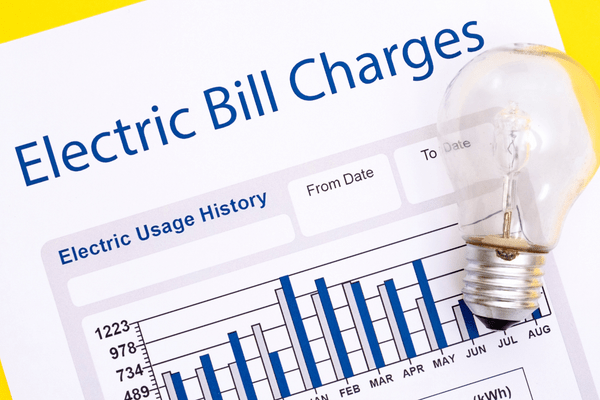
3. Avoid Fines and Comply with Recycling Laws
- Many states, like California, ban landfilling “white goods” such as appliances
- EPA regulations require proper handling of refrigerants and electronics
- Illegal dumping can lead to hefty fines or legal action
- Check your local or state guidelines for appliance disposal requirements

4. Earn Money or Give Items a Second Life
- Sell broken appliances for scrap metal (e.g., washing machines, ACs, ovens)
- Working appliances can be resold locally or donated
- Vintage appliances like CRT TVs have resale value among collectors
- Appliance trade-ins during recycling events may offer discounts or rebates

Frequently Asked Questions (FAQ)
No, Home Depot does not recycle appliances at their stores. You can take the items to an appliance recycling center instead, or you can call your city’s trash collection service.
Yes, you can get your money for old appliances. Retailers often pay consumers when they replace an old machine for an energy-efficient model. Samsung, for example, has a user-friendly rebate center that lists all available rebates by appliance type and location. You can also sell bulkier appliances for scrap metal.
You can recycle your old stove with a private junk removal company that operates a recycling center, or through bulky waste collection programs. Ask at your local solid waste office to schedule a curbside pickup. This way the item goes through a government recycling service, such as the RAD (Responsible Appliance Disposal).
Charities like the Salvation Army and Habitat for Humanity ReStores will pick up your working refrigerator for free. Some big-box stores may also offer to pick up your old refrigerator at the same time they deliver a new one.
Yes, Home Depot may take your old refrigerator at an additional charge when they deliver your new one.
Lowes works with a third party to recycle old appliances. This is common practice with many big-box retailers. Some Lowes stores pile appliances headed for recycling in the open, typically behind the store. This leads to a popular myth that those units are free for the picking, but in fact, they are just being readied for recycling.
Yes, you can scrap old appliances with metal parts, but sometimes the amount of salvaged material in small ones isn’t worth the scrap removal and separation process. Larger pieces such as air conditioners and refrigerators, on the other hand, are easier to take apart and would yield more metal.
Yes, you can take a dishwasher to the dump, but there are a limited number of states that allow disposing of “white goods” at landfills. Make sure to check the legislation for your state before you take any action.
Yes, Waste Management takes refrigerators. Each customer account is granted one free curbside bulky waste pickup per year. Residents can also dispose of refrigerators, air conditioners, and other bulky waste during an annual bulk waste and appliance disposal event sponsored by Waste Management.
No, you can’t put a toaster in the recycling bin because it will likely be crushed by the truck compactor. Pieces of plastic, glass, and circuits will then contaminate other recyclable materials and make them unusable. As a rule, you should never place small appliances or electronics in the recycling bin.
You can dispose of small electrical appliances by donating them to a charity or a thrift store. Just make sure they’re still in working condition. You can also recycle electric appliances. Check your zip code for the nearest appliance removal center to you using our Green Directory service.
No, you can’t put a microwave in the recycling bin. Microwaves, coffee makers, and other programmable appliances use circuit boards that contain heavy metals. These contaminants need to be separated from other recyclable parts by experts. This is why microwaves and similar appliances should only be recycled through dedicated electronics recycling programs.
Ready to Recycle Your Appliances the Right Way?
Appliance recycling helps cut energy waste, recover valuable materials, and keep toxic chemicals out of landfills. Whether it’s a broken fridge or a small kitchen gadget, choosing a certified recycling program ensures safe, legal, and eco-friendly disposal.
Looking for appliance recycling near you? Use the Green Directory to find trusted drop-off points, retailer programs, and free recycling options in your area.
